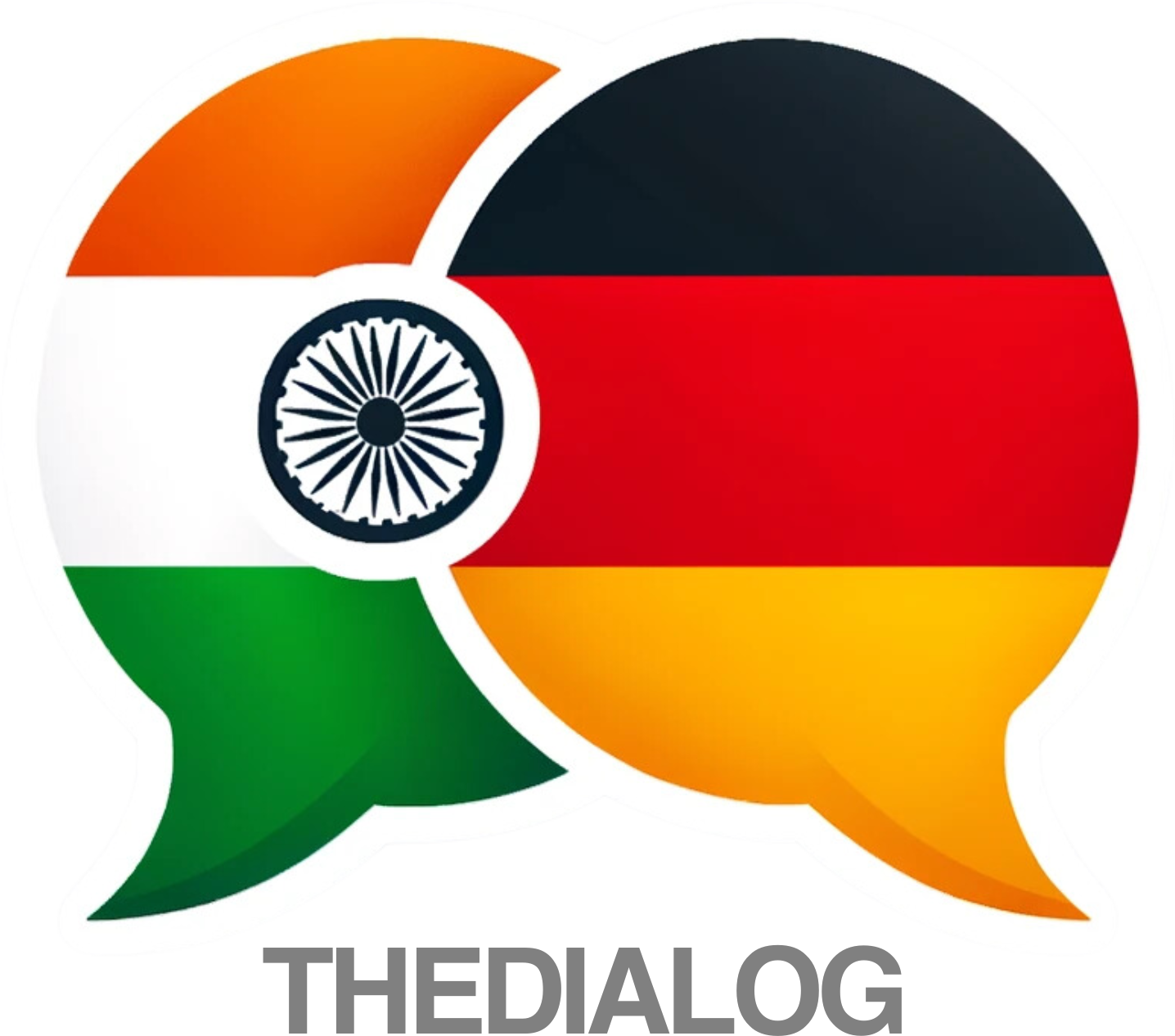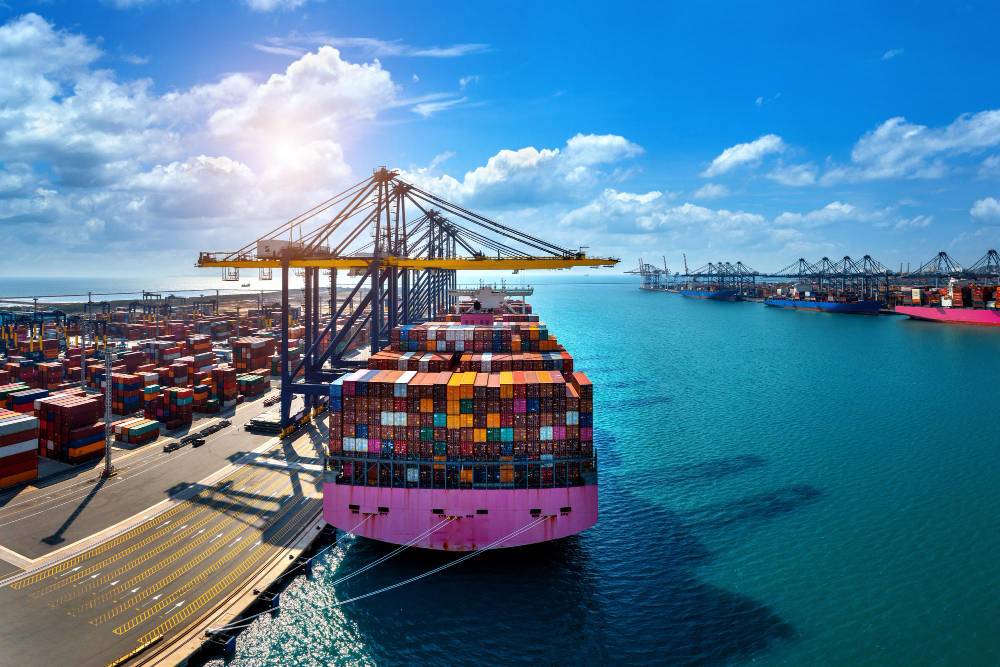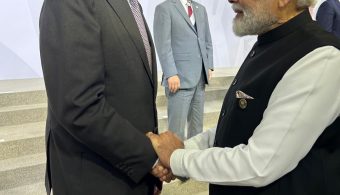India is riding a fresh wave of export momentum. According to data released by the Ministry of Commerce and Industry through the Press Information Bureau (PIB) on October 7, 2025, India’s overall exports — combining merchandise and services — grew 5.19 percent year-on-year in the April–August 2025 period, reaching USD 346.10 billion, compared to USD 329.03 billion during the same period last year.
Merchandise exports rose 2.31 percent to USD 178.58 billion, while services exports surged 8.65 percent to USD 167.52 billion, reflecting a broad-based revival across multiple sectors. Among India’s top European destinations, Germany registered a remarkable 11.73 percent growth in Indian merchandise exports during this period, according to figures from the Directorate General of Commercial Intelligence and Statistics (DGCI&S).
Germany’s Growing Share in India’s Export Basket
Germany continues to be India’s largest trading partner in the European Union and a top-ten global export destination. As per DGCI&S data cited in the PIB release, India’s merchandise exports to Germany were valued at USD 10.63 billion in FY 2024–25. During April–August 2025, exports to Germany recorded double-digit growth, driven by resilient demand in engineering, electronics, chemicals, pharmaceuticals, and textiles.
This growth trajectory reflects not just market demand but also India’s deepening integration into European value chains. With Germany serving as the continent’s industrial backbone, the Indo-German export corridor is increasingly shaped by technology, sustainability, and co-manufacturing partnerships.
Product Drivers: Engineering, Electronics, and Pharma Lead
According to the Commerce Ministry’s export statistics, engineering goods remained India’s top-performing export category in April–August 2025, growing 2.12 percent year-on-year to USD 51.95 billion. Engineering exports form the backbone of India’s shipments to Germany — encompassing industrial machinery, precision components, and auto parts used in manufacturing and mobility sectors.
Electronics exports showed the strongest momentum, rising 40.63 percent to USD 12.96 billion, buoyed by demand for mobile components, semiconductors, and electrical equipment — many of which are finding new markets in Europe, particularly Germany.
The chemical sector, which includes organic and inorganic chemicals, grew 6.19 percent, while pharmaceuticals and drugs increased 2.17 percent year-on-year, highlighting India’s enduring role as a reliable supplier in Europe’s healthcare value chain.
Meanwhile, textiles and ready-made garments maintained steady performance, with Germany remaining a key importer, especially for eco-friendly and sustainable products.
Headwinds: Standards, Costs, and Competition
Despite this upbeat outlook, challenges persist. The PIB report notes that exporters face stringent EU quality and environmental regulations, certification requirements, and high logistics costs. Exchange rate volatility and competition from countries like Vietnam, Indonesia, and Mexico add further headwinds.
Trade analysts say that to sustain the growth in high-value markets like Germany, India must focus on value addition and compliance — not just selling products but co-developing solutions, designs, and technology components aligned with Germany’s sustainability and circular-economy standards.
Policy Push: Building a Competitive Export Ecosystem
India’s Foreign Trade Policy 2023 and flagship schemes like RoDTEP (Remission of Duties and Taxes on Exported Products) continue to make exports more competitive by offsetting hidden costs. The PIB release highlighted several fresh policy measures introduced this fiscal year to bolster exports:
- Districts as Export Hubs (DEH): 734 districts have been identified with specific export potential, promoting decentralized, region-based export clusters.
- Trade Infrastructure for Export Scheme (TIES): Investments in logistics parks, testing labs, and warehousing facilities to ease export bottlenecks.
- GST Rationalisation (effective November 2025): 90 percent provisional refund for zero-rated supplies and lower GST on key export-linked sectors such as packaging, leather, and textiles.
- Export Promotion Mission (FY 2025–26): A ₹2,250 crore initiative focusing on improving access to export credit, factoring services, and reducing non-tariff barriers, particularly for MSMEs.
Officials from the Commerce Ministry said these steps aim to “make India’s exports more resilient and globally competitive,” with a focus on diversification and sustainability.
Outlook: From Trade Partner to Strategic Co-Manufacturer
If India maintains its current growth pace, exports to Germany could double to over USD 20 billion within the decade. The future trajectory will likely pivot around green technologies, electric mobility, advanced electronics, and clean energy — sectors where Indo-German collaboration is already accelerating through industrial partnerships and joint R&D initiatives.
As the PIB release concludes, the current export performance “reflects India’s rising competitiveness across merchandise and services,” driven by reform momentum, digitalisation, and global partnerships. For Germany — Europe’s economic powerhouse — India is no longer just a supplier; it is becoming a strategic co-manufacturer and innovation partner in the global value chain.



